As more and more new energy vehicles enter the streets and alleys, charging has become a topic that car owners cannot avoid. I believe that all car owners have experienced the “lightning rescue” of fast charging piles and the “gentle treatment” of slow charging piles. But are you curious why slow charging piles are still indispensable today when supercharging technology is changing with each passing day? There is a great question behind this “tortoise and hare race” of charging speed.
Why do fast charging piles charge so fast?
Fast charging piles can be called the “energy emergency station” of new energy vehicles. The AC slow charging piles charge slower than the DC fast charging piles. The main reason is that they are limited by the low power of the on-board OBC and cannot directly power the battery, so the charging efficiency is low. Fast charging piles abandon the intermediate link of AC to DC and directly use high-power DC to “transfuse” the battery. It is like injecting a strong “vitality injection” into a tired car. In about 30 minutes, the power can soar to about 80%. This “fast charging” efficiency instantly relieves the power anxiety during long-distance travel. The super charging pile is the “king” of the fast charging industry. With higher-power DC power, the power can be pulled from 30% to 80% in 5 minutes, and the cruising range is increased by 300 kilometers, which completely subverts people’s perception of charging speed.
Fast charging piles
Super charging piles And the super charging pile is the “king” of the fast charging industry. With higher-power DC power, the power can be pulled from 30% to about 80% in 5 minutes, and the cruising range is increased by 300 kilometers, which completely subverts people’s perception of charging speed.
Slow charging pile
AC charging pile The power of charging piles is like their “energy engine”. The greater the power, the faster the charging speed in theory. The power of super charging piles generally reaches 600 kilowatts. Some pilot projects even exceed 1,000 kilowatts. The power of common fast charging piles is 60 kilowatts to 120 kilowatts, while the power of slow charging piles is in the range of 3.5 kilowatts to 22 kilowatts. “Gently exerting force” slow charging piles are the representative of “silently moistening things”. It transmits low-power AC power and requires the on-board charger to complete the “AC to DC” conversion work. Although this process takes a long time, it often takes 6-8 hours or even longer to fully charge, but the care for the battery can be called “gentle”. When parking at night, the slow charging pile is like a caring housekeeper who slowly “charges up energy” for the battery in the long dark night to maximize the battery life. For this reason, most home charging piles use slow charging mode to let the car quietly “recover blood” when resting.
The speed of charging is also related to the battery. However, in this “relay race” of charging speed, the battery is the key “baton”. The maximum charging power, capacity and health status of the battery are like three checkpoints that limit the upper limit of the charging speed. Just like a small water pipe cannot receive a large water flow, even in the face of a high-power charging pile, if the battery’s “acceptance capacity” is limited, the charging speed will be difficult to increase significantly. In addition, the battery is extremely sensitive to temperature. 20-30 degrees Celsius is its “comfort zone”. In this temperature range, the battery activity is the best and the charging efficiency is the highest. If the temperature is too low, the electrolyte becomes viscous and charging is like “an old cow pulling a cart”. If the temperature is too high, the battery starts to reduce power protection and the charging speed will also be greatly reduced.

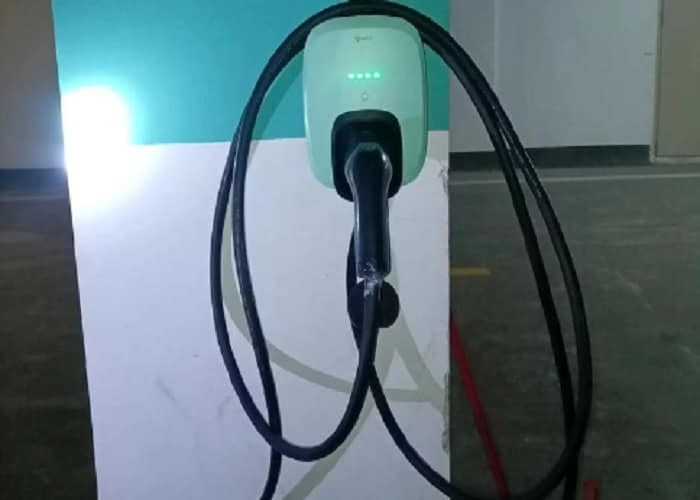
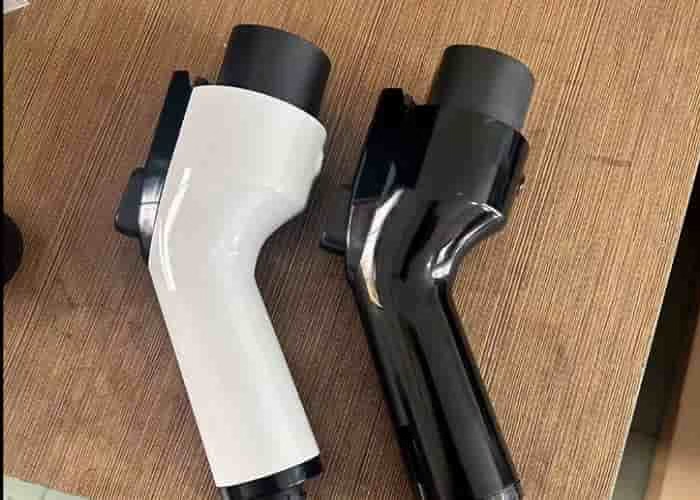


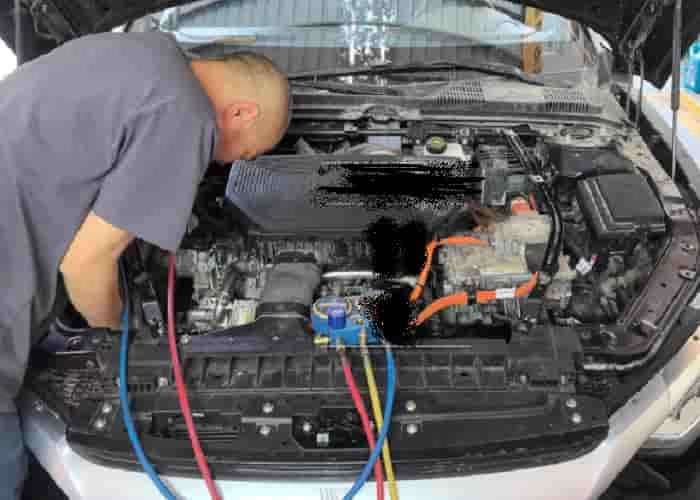
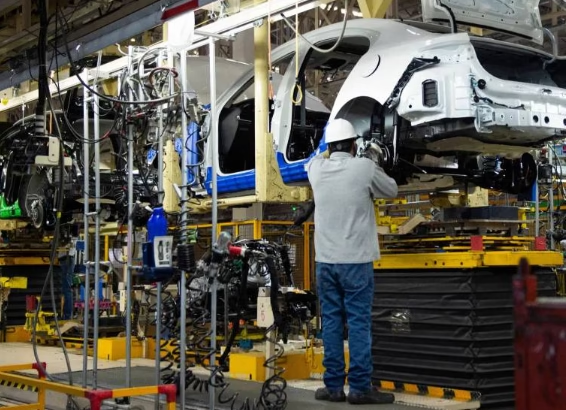


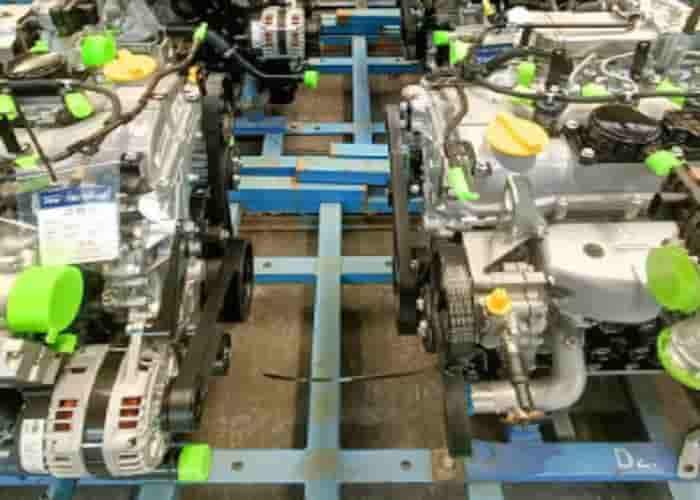
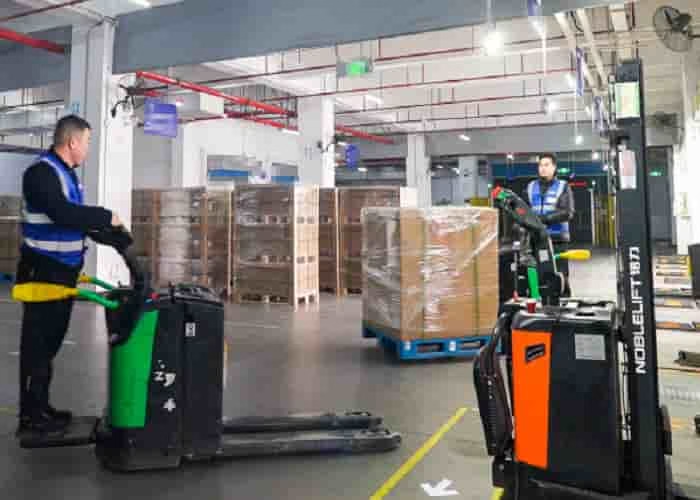
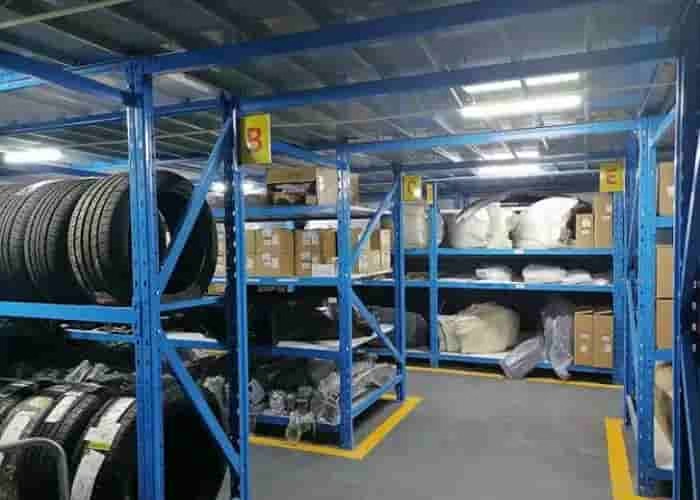
Leave a Reply